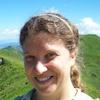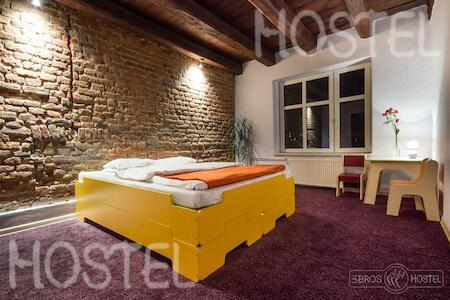Looking for budget stays in Cieszyn? This section is designed to save you time, money, and unnecessary stress. We've got insider tips to help you find affordable hostels and the cheapest places to stay in Cieszyn.

Cieszyn, Poland, is a nice surprise for people expecting nothing more than a pit stop between Krakow and Prague or Vienna. It's a unique place -- one town split into two countries by a river and an agreement made in Belgium a hundred years ago. When you walk around the city, you'll hear both Polish and Czech, see signs written in two languages, and use two currencies to buy two nations' cuisines.
The Polish side (Cieszyn) contains most of the historical sights. The train and main bus stations are on the Czech side (Cesky Tesin). For years you couldn't cross the bridges over the river without proper paperwork and the scrutiny of border guards. Now you can freely cross the border -- multiple times a day if you wish -- but you'll still see many little white and red cement border markers and various warning signs.
In Cieszyn (the Polish side), there are several interesting sights. Castle Hill is the most surprising, if you expected nothing more of Cieszyn than a rail junction. The area hosts a nice park area, a very cool old tower you can climb for views, the ruins of the old castle kitchen, the twelfth-century rotunda featured on currency, and other bits of wall and tower.
Cieszyn's town square is also quite pretty. Nearby you can find the Three Brothers' Well. As legend has it, three princes were sent by their father to explore the land in the direction of three different stars. Their routes soon diverged, but miraculously they all found each other here, at this spring at the base of a hill. In their rejoicing, they decided they would return later and build a town here.
Nearby, don't miss Mlynska Street, where the old mill race runs right past the houses, necessitating bridges to the front doors. It's a bit rundown, but a couple of galleries and restaurants make use of the great atmosphere.
For something more somber, pick up the pamphlet called "In the Steps of Cieszyn's Jews." It explains a bit of the town's Jewish history and goes into detail about the architecture of the various synagogues, most descriptions ending with the fact that in the last year of the thirties, "the synagogue was burnt to the ground by the Nazis." You can follow the route in the guide, where more than one former synagogue sites is now an empty lot or parking lot, a sad symbol of the loss. The path also leads to the old Jewish cemetery, a sprawling space of half-fallen gravestones nearly smothered by ivy.
Cesky Tesin (the Czech side) also has some historical buildings of interest and a couple of nice parks, one of which runs pleasantly along the river for quite a stretch.
There aren't many options for hostels in Cieszyn, Poland, but as it's not a big tourist destination, you can often find a hostel bed at short notice, and Cieszyn, Poland hostel staff can tell you the best bakeries and pierogi bars in town.
Written by Travel Expert Cieszyn
 Melinda Brasher
Melinda Brasher